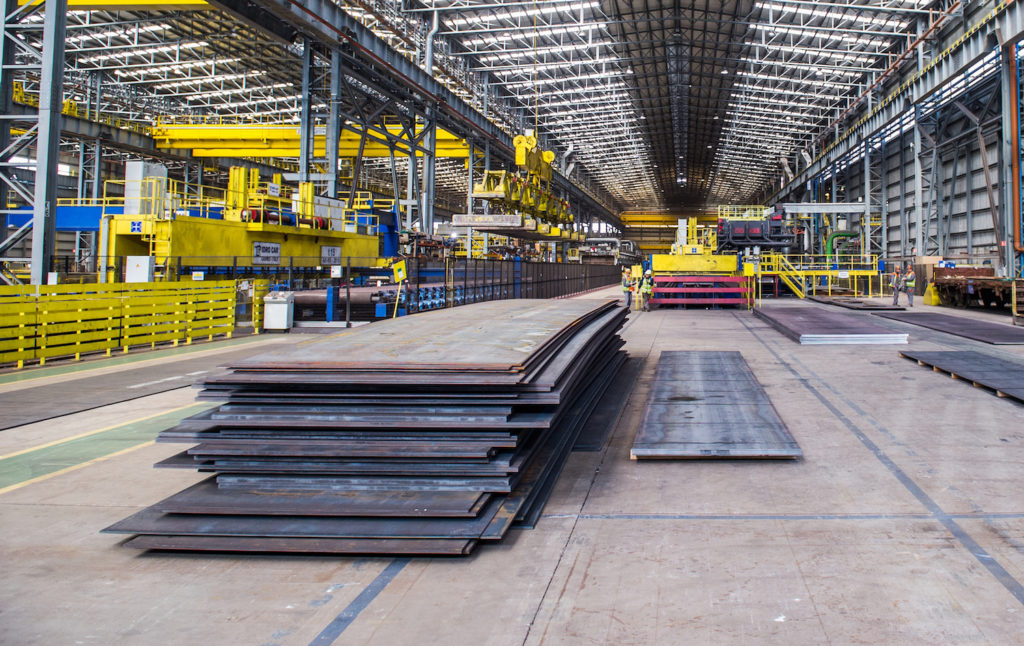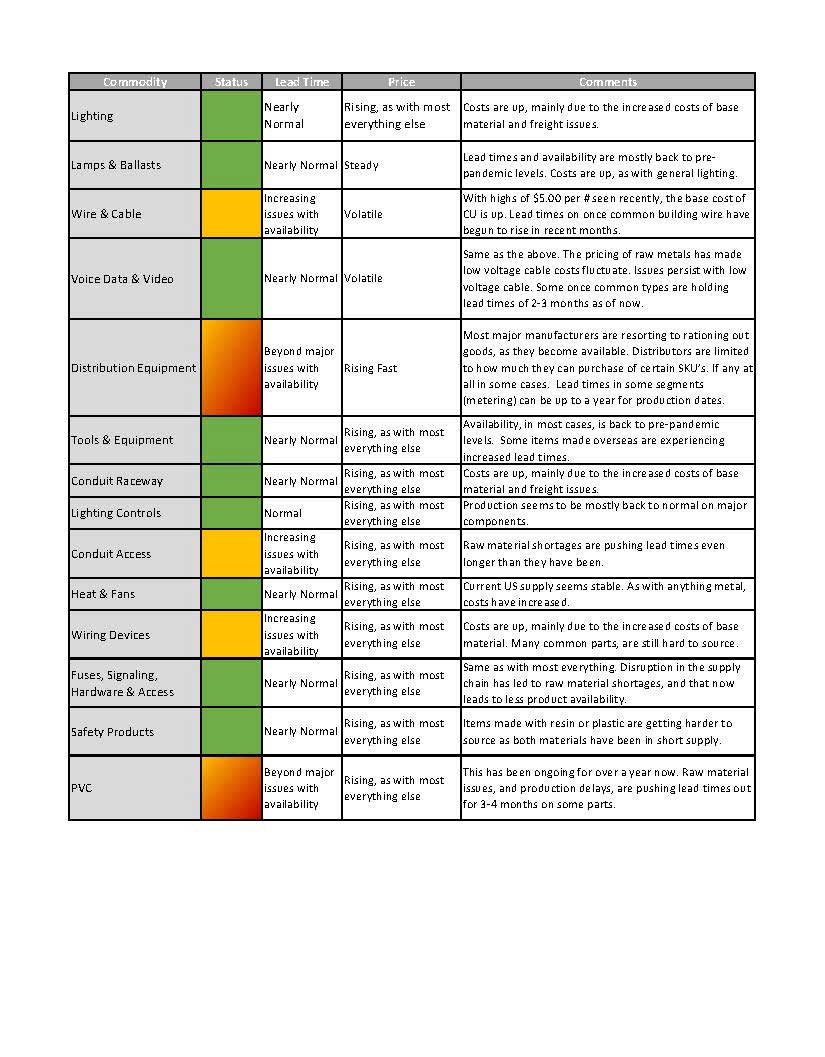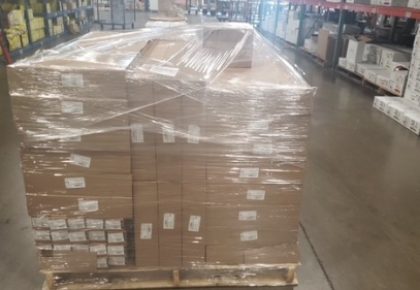The War on Metals Intensifies Supply Chain Crisis
By: Kevin Reed, Director of Purchasing, Analytics & Strategic Growth Opportunities, Paramont EO
The cost of metals continues to rise
While the price of many raw metals has not increased all that much, yet, most manufacturers are still pushing up their costs on their pricing bases due to increased costs of freight and anticipated supply chain issues due to the war in Europe.
At the end of February, Copper was trading at $4.50 per pound. By the end of the first week in March, it shattered the previous record high, and closed over $5.00 for the first time in the history of the Comex. It has since stabilized some, but it is still routinely trading over $4.70.
Significant increases in zinc, labor, utilities & freight rates overshadow recent decreases in Steel costs. Steel suppliers announced price increases in February and March 2022, and the forecast is for hot rolled to increase 40% during the spring. Market demand remains strong for steel; Architectural Billings Index (ABI) +50 since January 2021; Dodge Momentum Index (DMI) increased 23% in 2021 (Source: Atkore Electrical Products Commodity Update, March 2022).
The impact of continued war and pandemic-fallout on metals
Due in some part to the war in Ukraine, which along with Russia are major exporters of iron ore needed to produce steel, steel costs globally appear to be rising as well. This will most certainly affect the price of finished goods brought into the US from abroad. The same goods that were still at historical highs due to the lingering pandemic.
The largest issues as of late, are not really price related. True, pricing is up, just not nearly as high in percentages as we saw throughout 2021. The biggest hurdles are once again the supply chain itself. Issues related to production, such as the hiring of employees to staff companies that make product for our industry are ongoing.
Many issues lay with freight handling and over-stressed cargo ports. This is now exacerbated by the war, in which Russia has shut down their own airspace, causing cargo planes to reroute and take a longer path from China through Europe. Russian rail was also used to move goods from China, and those trains are facing cancelations by European trade partners as the US and their Allies put more sanctions in place.
The same sanctions are causing Russian owned cargo ships, packed with freight from major exporters such as China, to be stranded at ports throughout Europe and the Eastern Seaboards of the US. It is important to note, that with the fall of the former USSR in 1991, the US and their allies have spent decades building up trade routes and extending their supply chains to include Russia. These developments cannot be eradicated overnight, and there has never been an attempt to cut a trillion-dollar trade partner out of the global economy, until now.
How things will look with another Iron Curtain falling between Russia and most of the world is unknown. And it is unknowns such as this that are wreaking havoc in the supply chain as of now.










